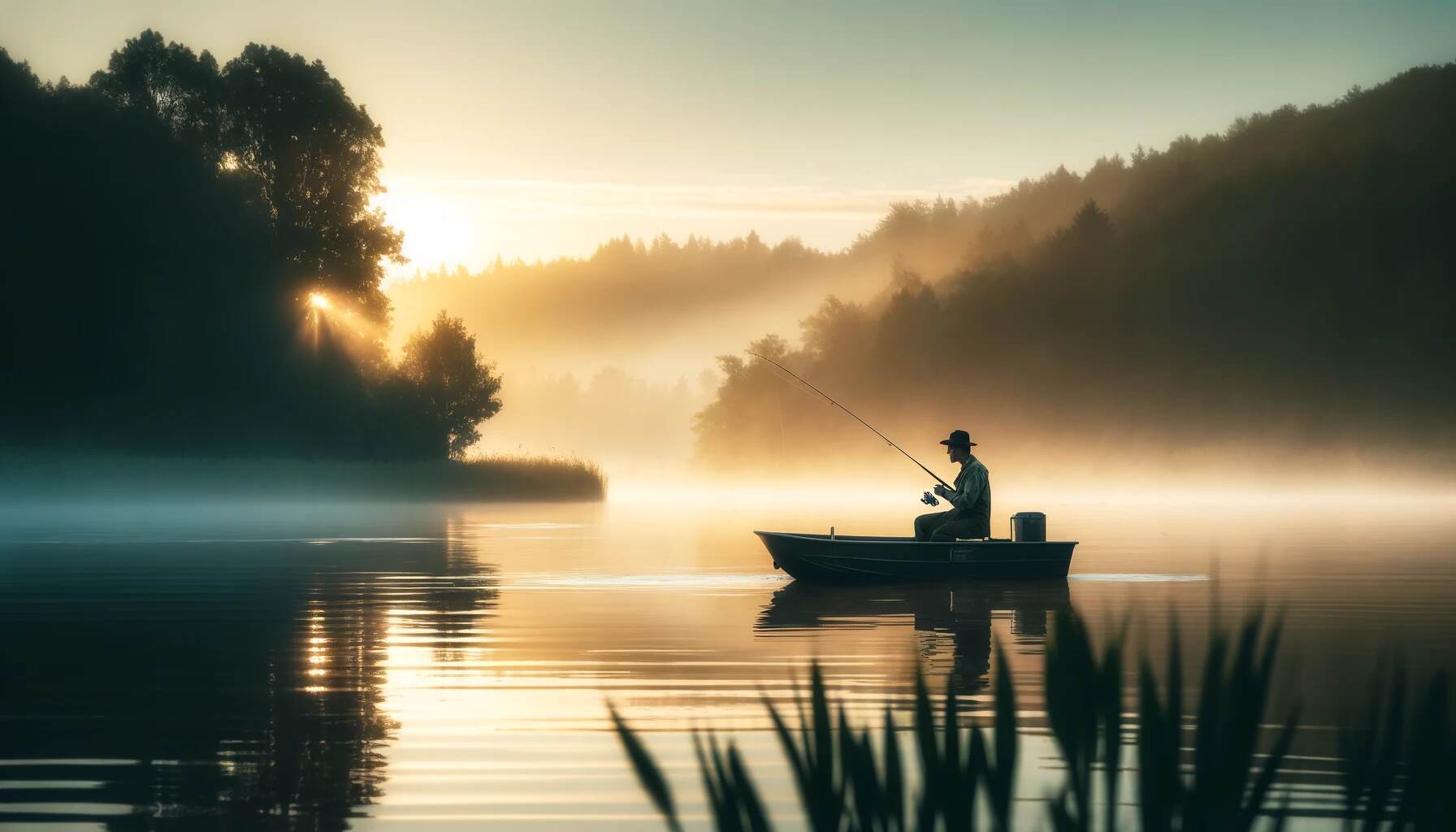Walleye fishing is an exciting and rewarding sport that attracts anglers of all skill levels. Whether you’re a novice hoping to catch your first walleye or an experienced fisherman looking to refine your technique, this short guide offers a deep dive into the strategies, tips, and insights that can help you succeed.
Understanding Walleye Behavior
To successfully catch walleye, understanding their behavior is crucial. Walleye are known for their sensitivity to light, which significantly influences their feeding patterns. During bright days, they tend to stay in deeper or murkier water to avoid light, becoming more active during dawn, dusk, or overcast conditions when they move into shallower areas to feed.
Seasonal Patterns
- Spring: As ice melts, walleye begin their spawning process in shallow, rocky areas. This is often the easiest time to catch them as they are abundant and aggressive.
- Summer: Walleye go deeper to find cooler water temperatures and can be found near underwater structures like drop-offs and weed beds.
- Fall: They return to shallower waters as temperatures drop, feeding heavily to prepare for winter.
- Winter: Fishing can be challenging as walleye are less active. However, they can still be caught near the bottom in deeper waters.
Essential Gear and Tackle
Choosing the right gear is vital for effective walleye fishing. Here’s what you need:
Rod and Reel
A medium-light to medium action rod is ideal, as it provides enough sensitivity to feel the walleye’s gentle bite and sufficient backbone to handle their size. Pair this rod with a spinning reel for ease of use and better control.
Line and Leader
Use a 6-10 pound test fluorocarbon line for its low visibility and good sensitivity. Consider a leader if fishing in areas with rocky or abrasive underwater structures to prevent line cuts.
Lures and Baits
- Jigs: One of the most effective lures, jigs can be tipped with live bait (like minnows or worms) or plastic baits. The weight of the jig depends on water depth and current.
- Crankbaits: These mimic the walleye’s natural prey and are effective for trolling or casting in deeper waters.
- Spinners: Useful in weedy areas, spinner rigs baited with live worms or leeches can attract walleye through both visual appeal and vibration.
Techniques for Catching Walleye
Jigging
Jigging involves lifting and dropping the jig-and-bait combo to mimic injured prey. This can be particularly effective in spring around spawning areas. The key is to keep the jig near the bottom and vary your retrieval speed based on how active the walleye are.
Trolling
Trolling allows you to cover a lot of water and locate active fish. Use deep-diving crankbaits or a spinner rig set up to keep the bait just above the weed beds or other structures. Keep varying speeds to see what triggers bites.
Drifting and Casting
Drifting lets you work a bait slowly over promising areas. Cast towards likely walleye spots like drop-offs or the edges of weed beds, and retrieve slowly to keep your bait in the strike zone longer.
Advanced Tips
- Night Fishing: Walleye are very active at night. Use glow-in-the-dark jigs or crankbaits to increase your chances.
- Weather Impacts: Barometric pressure changes can affect walleye behavior. A falling pressure often leads to more active feeding, making it a good time to fish.
- Ice Fishing: In winter, ice fishing for walleye is popular in northern regions. Use a sonar to locate fish and jig with small spoons or live bait.
Conservation and Ethics
As with all types of fishing, practicing good conservation habits is important. Respect size and bag limits to help maintain healthy walleye populations. Practice catch and release when possible, using barbless hooks and handling fish carefully to ensure their survival post-release.
Conclusion
Walleye fishing is as challenging as it is rewarding. By understanding these pro-Walleye Fishing Tips, you can greatly improve your chances of success.
Remember that each day on the water is a learning experience, and the more you adapt to the conditions and the fish’s habits, the better angler you will become.
Happy fishing!








